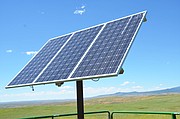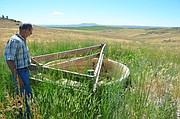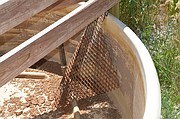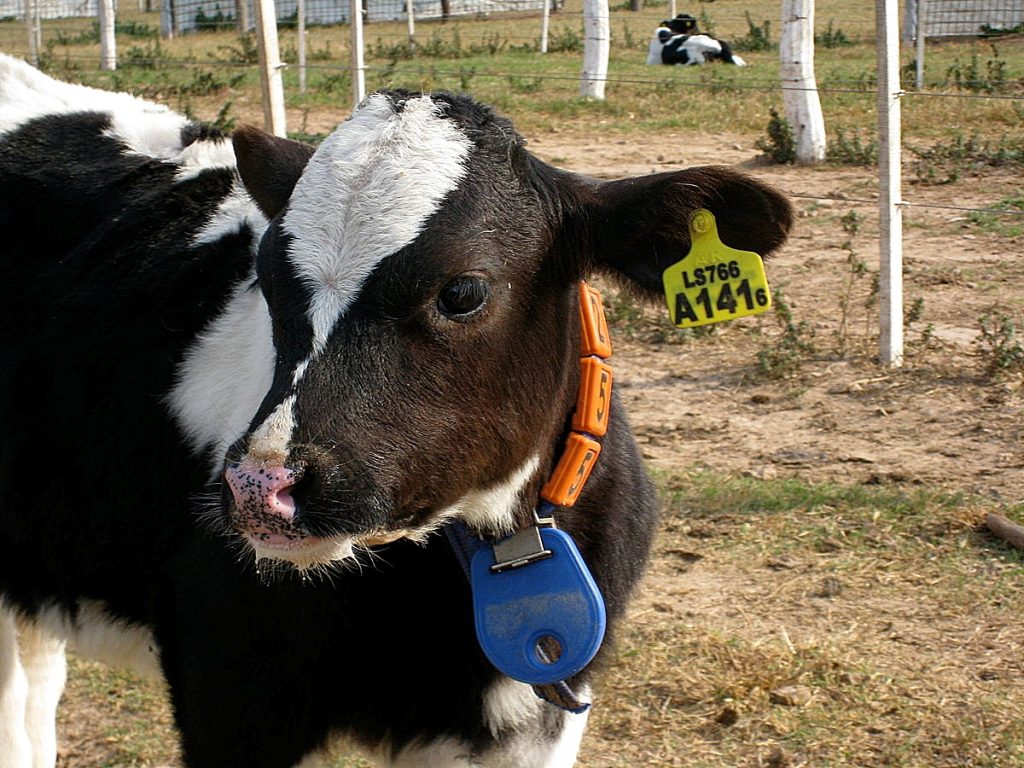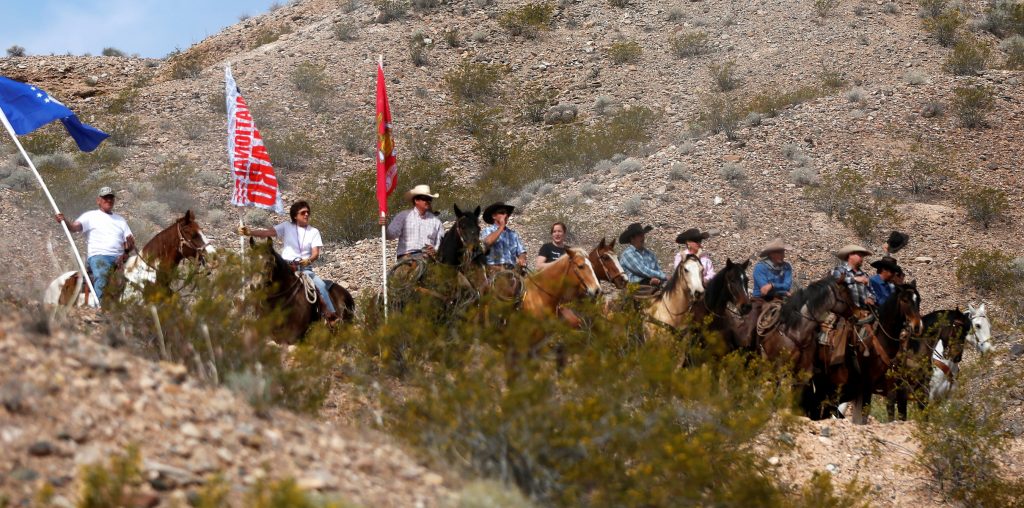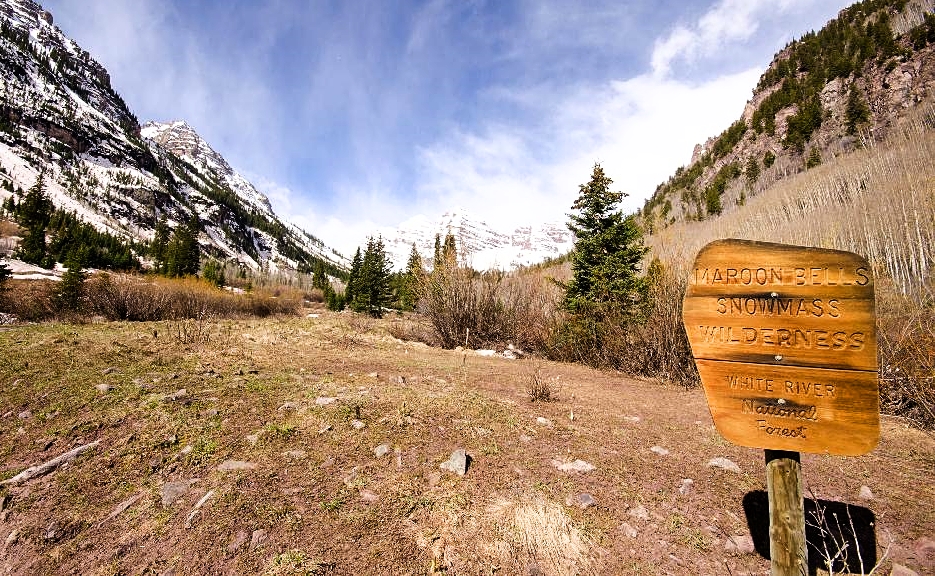Moffat County ranchers tap the sun to deliver water to animals
Solar-powered water systems let livestock drink more easily and take pressure off ponds and streams
The streaming mid-July sunshine seemed to illustrate Vance Fulton’s point about the effectiveness of solar energy in Northwest Colorado.
Fulton, an engineering technician with the Natural Resources Conservation Service, described the way solar energy provides an effective way for landowners to transport water to their livestock.
“Especially around here, (landowners) have found that solar is a much more efficient way to pump water than the old windmills,” Fulton said.
And now, with the birth of the Sage Grouse Initiative, the solar-powered systems are receiving increasing amounts of federal support. Fulton said the systems have received funding through the Farm Bill for decades — but for the last several years, SGI has targeted more money for the solar-powered projects in places where the sage grouse is affected, such as Moffat County.
Surprising as it may seem at first glance, the creation of multiple water sources for cattle helps sage grouse too.
The system often works this way: A solar panel powers a pump that drives water through an underground pipeline, and the pipeline delivers the water to troughs at various points in the land so that animals can drink. The pump often fills up a storage tank for a backup water supply, as well.
The system, as Fulton explained it, creates an efficient means of supplying water to animals on the land. By creating several water sources, the system also eases stress on the ponds, puddles and streams where animals may gather to drink. That benefits a host of creatures — including the sage grouse.
Chris Yarbrough, formerly a biologist with the Rocky Mountain Elk Foundation, who is now regional habitat biologist for Idaho Fish and Game, explained how a water system such as this can help sage grouse. If there’s only one pond on a ranch, he said, that’s where the cows will congregate.
“That area will probably get overgrazed, and you’ll probably get a lot of weeds — things that aren’t good for wildlife,” he said.
But water troughs scattered throughout the land can attract animals to different spots, easing the pressure on a pond or a stream.
“The grasses and (other plants) then have a chance to grow,” he said — something that’s good for sage grouse and lots of other species, as well.
Yarbrough said much of the funding to install solar pumping systems in Moffat County is generated by the SGI, launched by the Natural Resources Conservation Service in 2010.
Fulton said the NRCS works with about 20 landowners in Moffat County on solar watering systems, and he noted there may be others using solar power, as well. It’s a number that’s far larger, he said, than it was about a decade ago, before the SGI.
One of the Moffat County landowners who uses solar-powered system is Doug Davis, who has a ranch called Davis Family Farm LLC that lies in the eastern part of the county.
“We discovered a very good water source up high, and because it’s up high you can use gravity flow,” Davis said.
Davis explained that the solar panel on this ranch pumps water from the well into a storage tank — and from that storage tank, gravity allows the water to flow through pipes to troughs throughout the property. Davis said that, on another property, he uses the solar-powered pump to push water directly to the troughs.
Either way, Davis said he’s glad to be using solar energy. He used to use windmills, which could be tough to maintain and less reliable.
“Windmills are much higher maintenance, and the wind does not blow as consistently as the sun shines,” he said. “Solar, which has turned out to be a low-maintenance, relatively low-cost proposition for us, is a winner.”
As Fulton walked through Davis’s land on that sunny July day, he pointed to some small nuances in the equipment, including strategically placed fencing to protect the plumbing from the animals drinking from the troughs, and a “small animal escape ramp” to let otherwise trapped animals climb to safety.
Fulton said the solar-powered system works without batteries, which means that energy is transferred directly to the pumps. It also means that the amount of energy may vary from day to day, depending on the supply of sunlight at a given time. That’s where the agility of the pumps comes into play.
“These pumps are able to work on variable voltage,” he said. “They’ll even continue to pump on a slightly cloudy day.”
Storing water during the sunny days, Fulton said, creates a water supply to use on the cloudy ones.
“You store water instead of storing electricity,” he said.
Fulton said, too, that advances in technology — in the pumps and the solar panels — have made the system even better than it used to be.
“It got more dependable, more efficient through the years,” he said — a sign that the sun soaking ranches throughout the county will be put to good use for many more years to come.
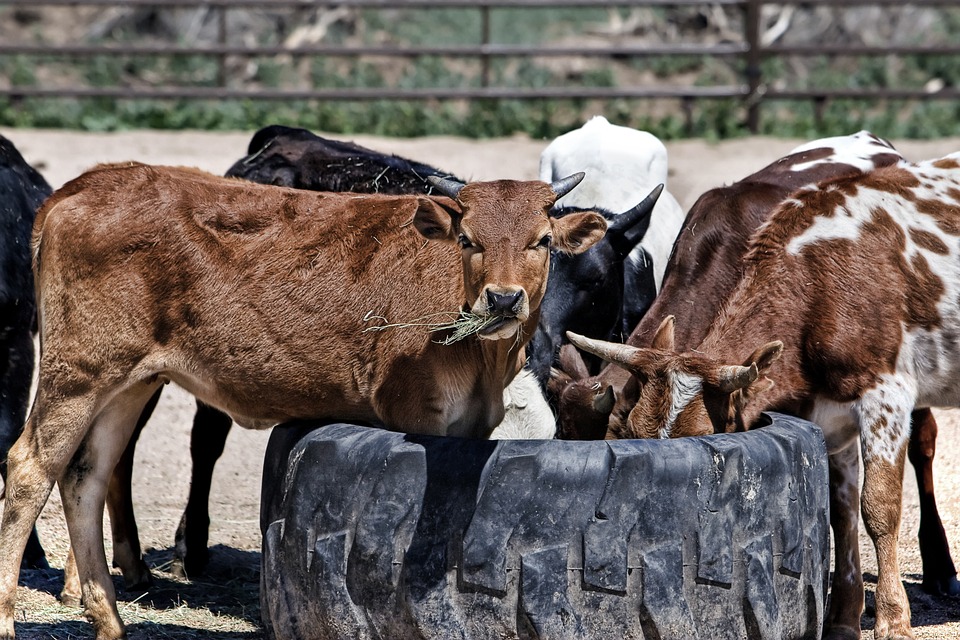
Free Range Report
